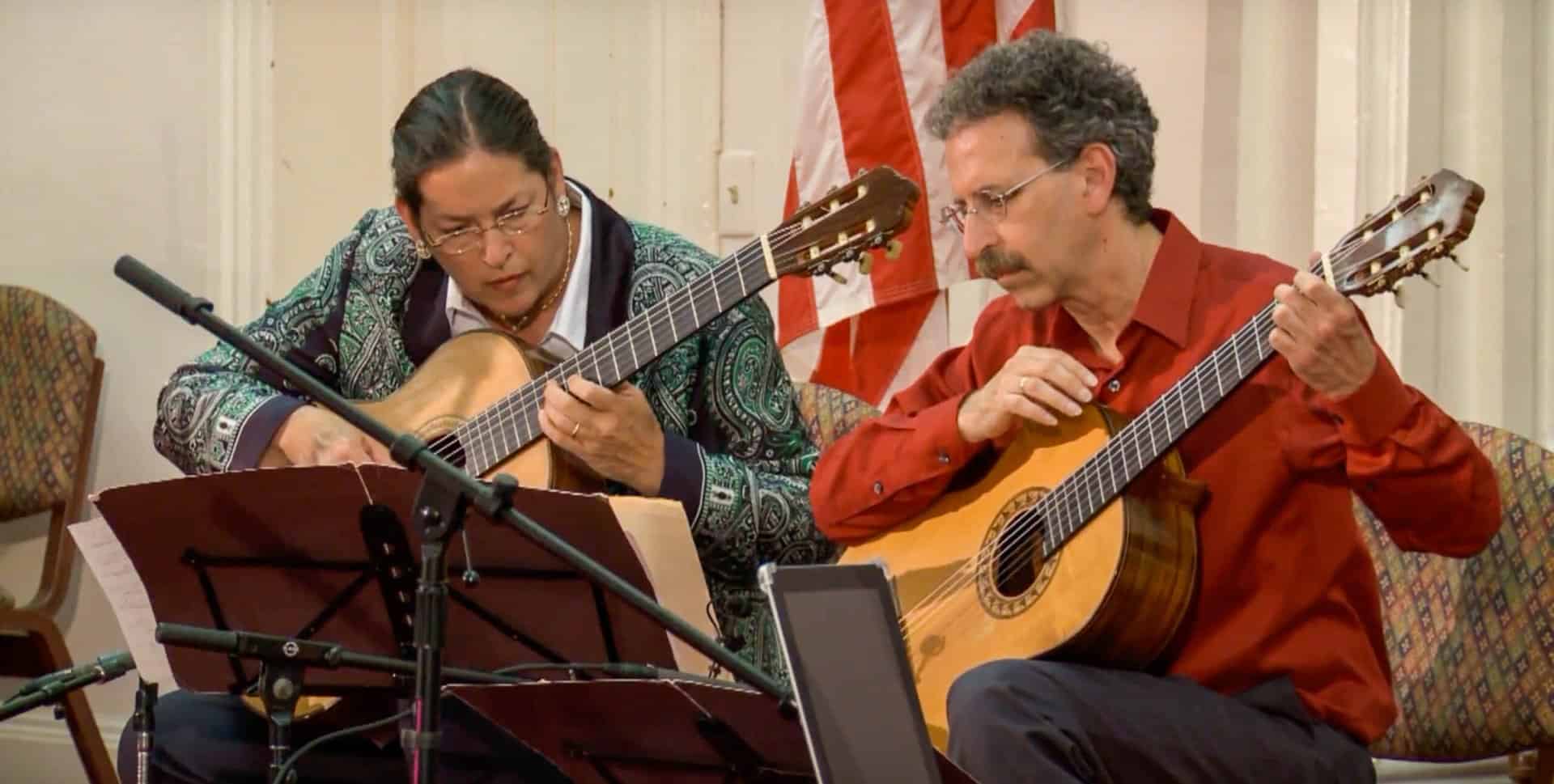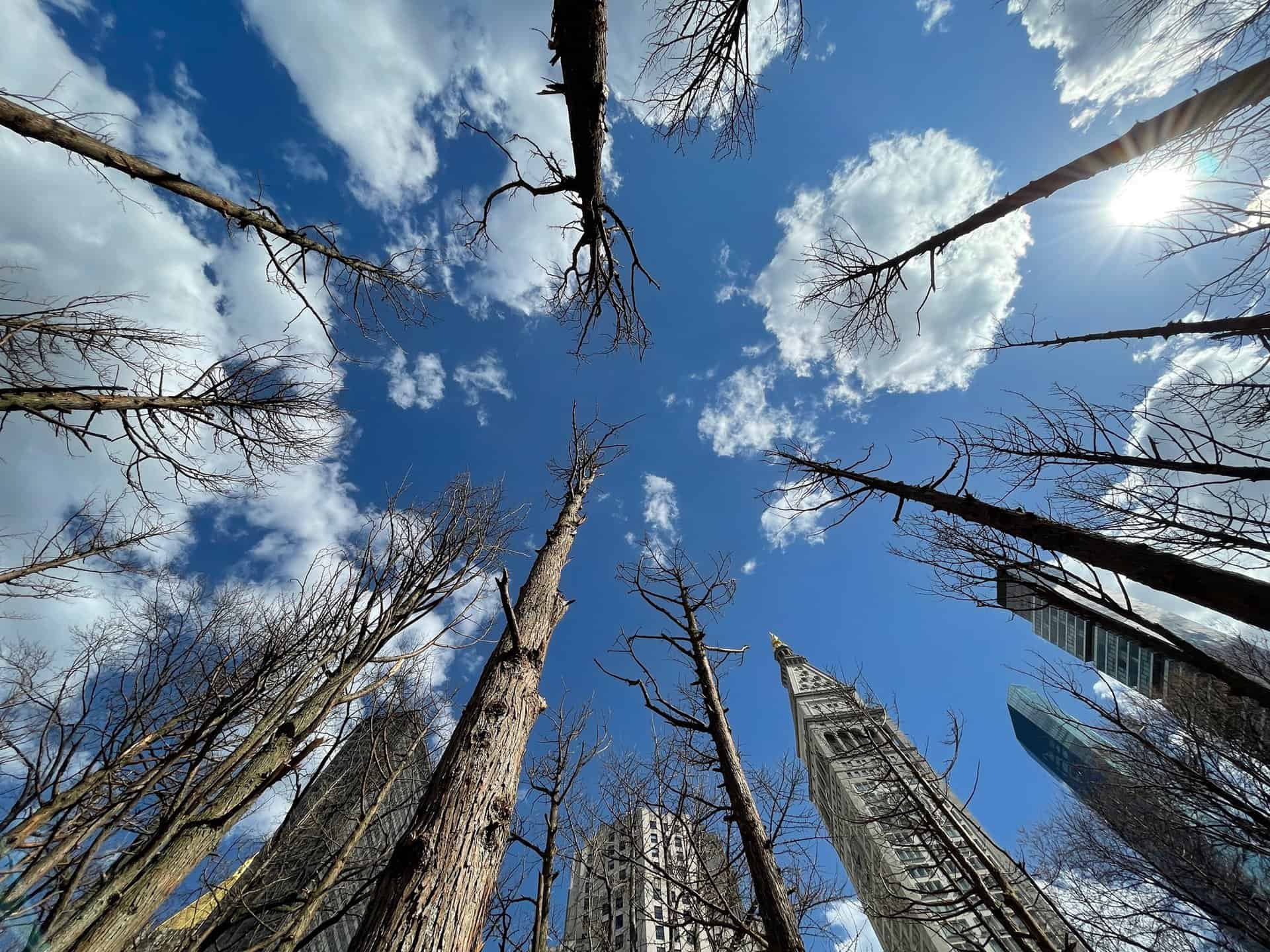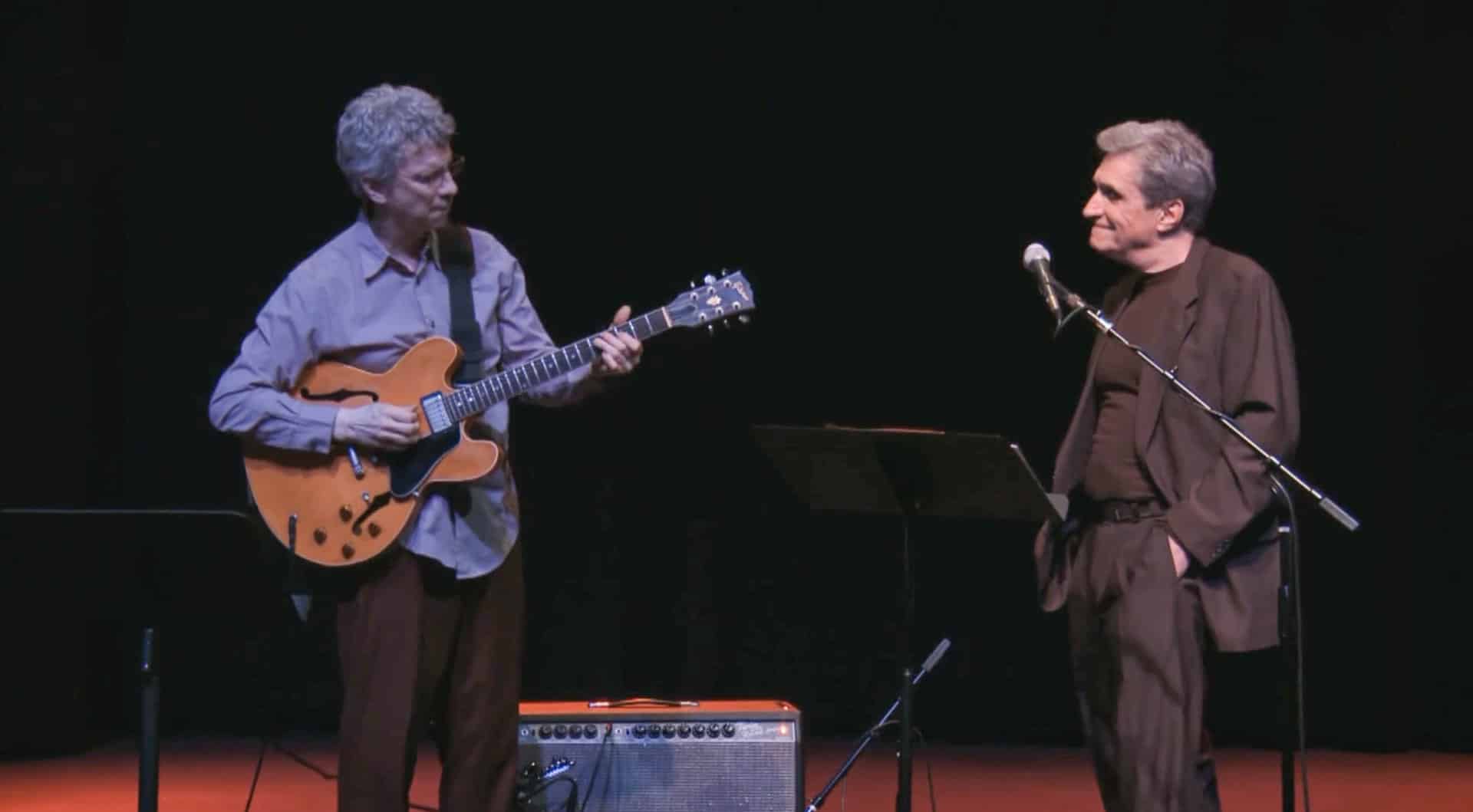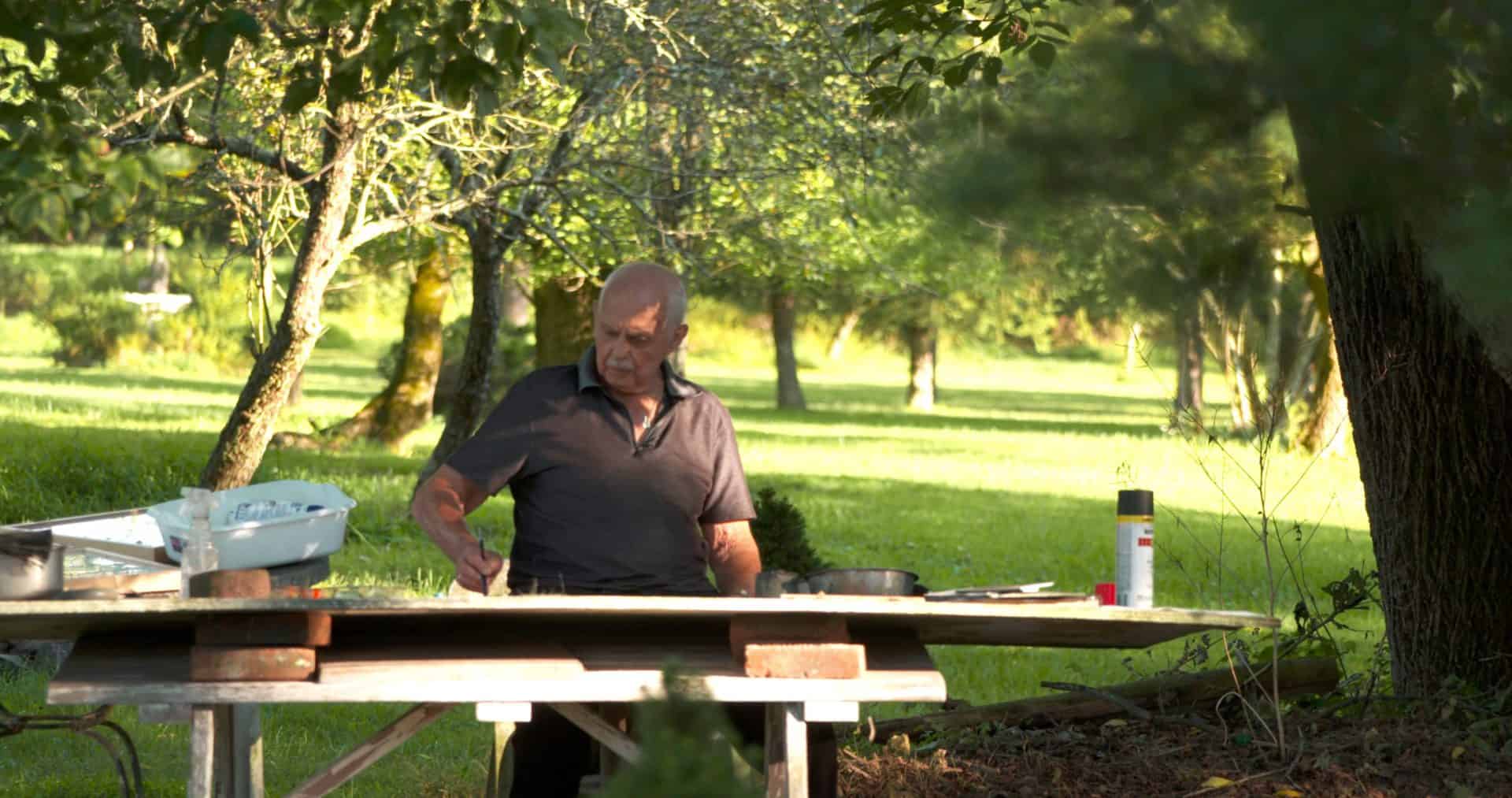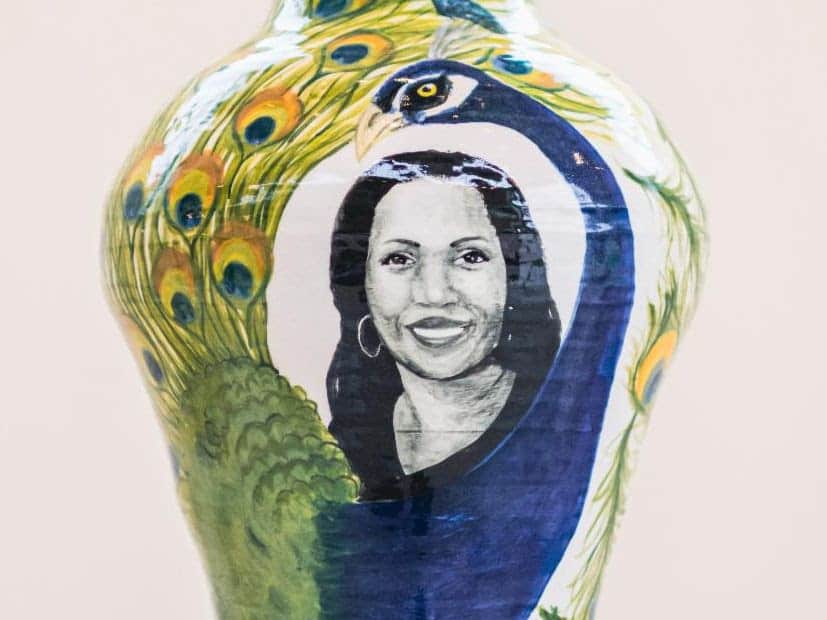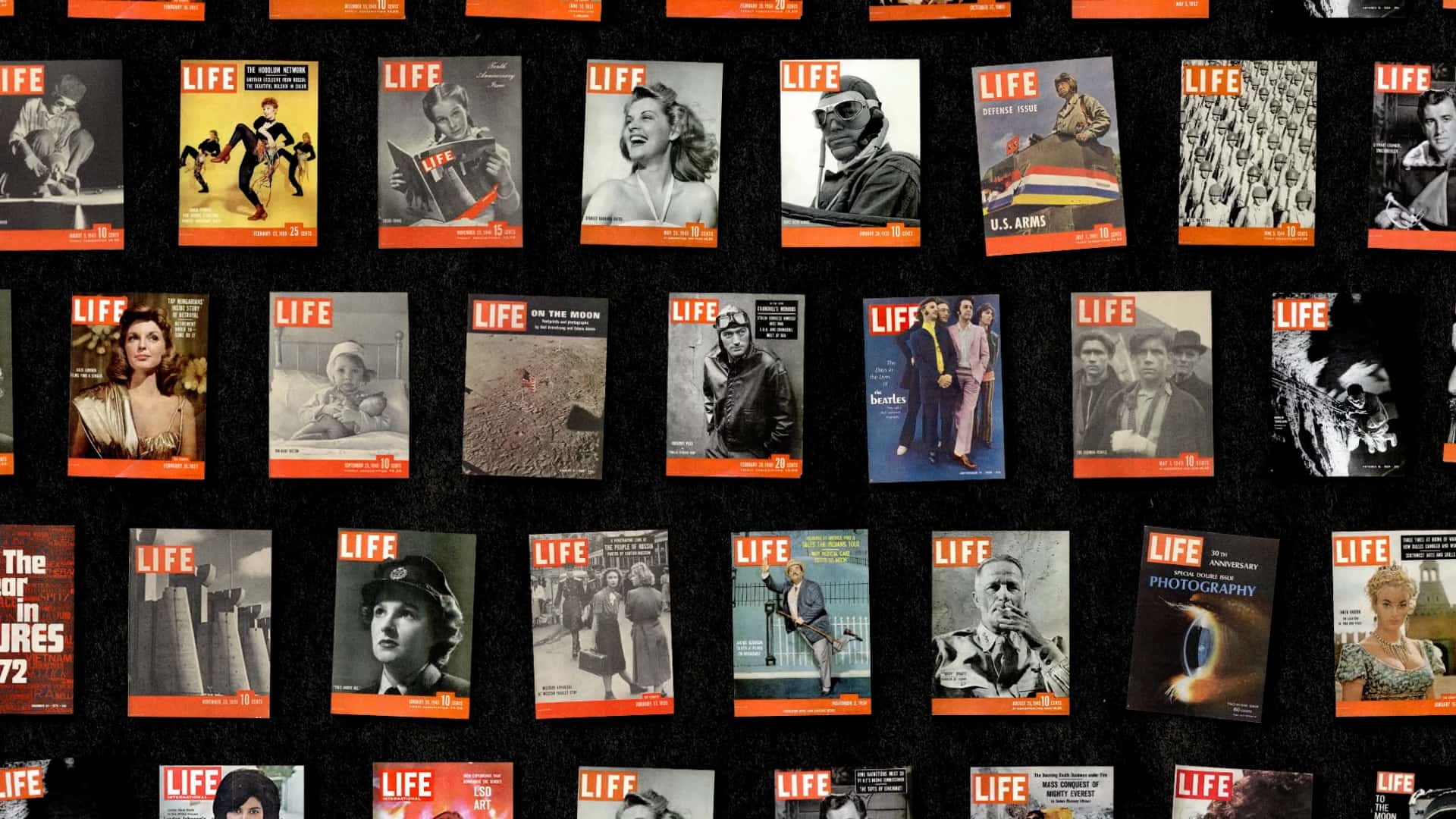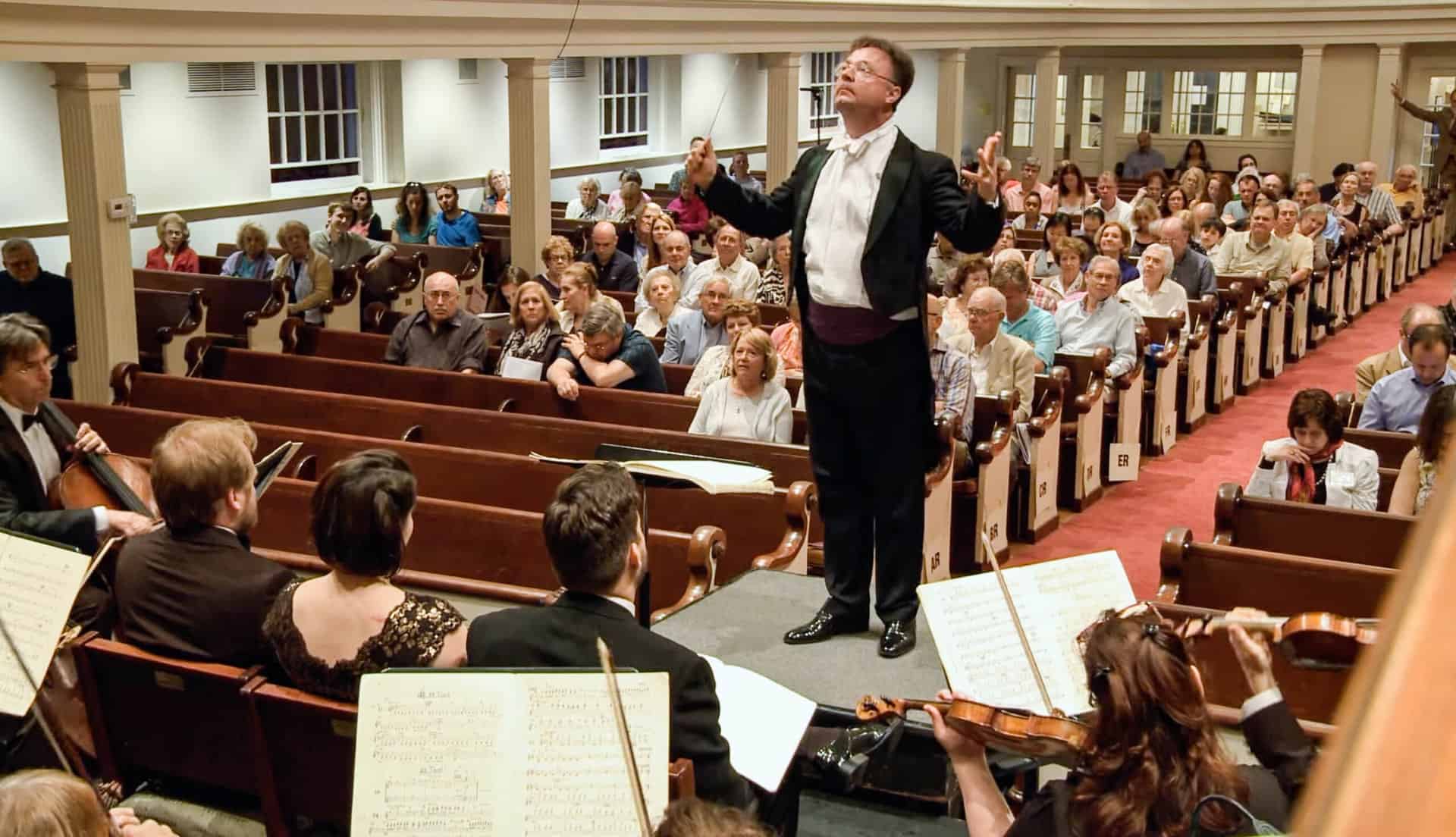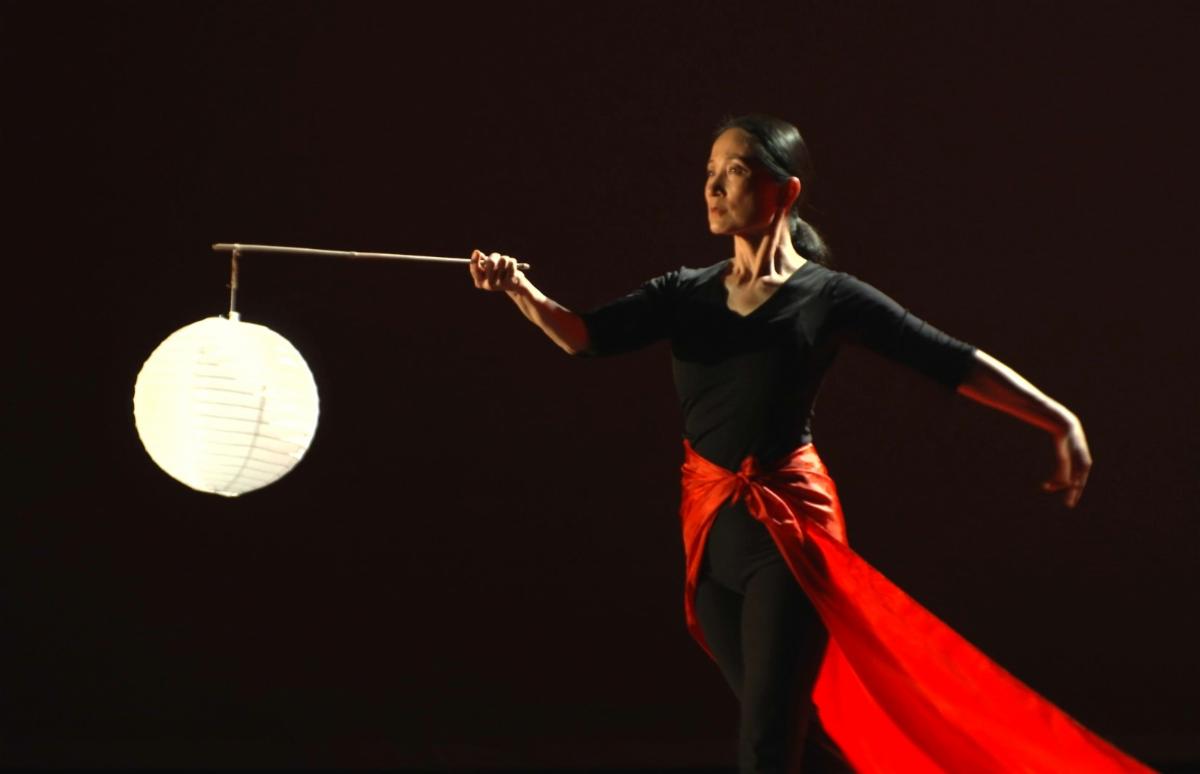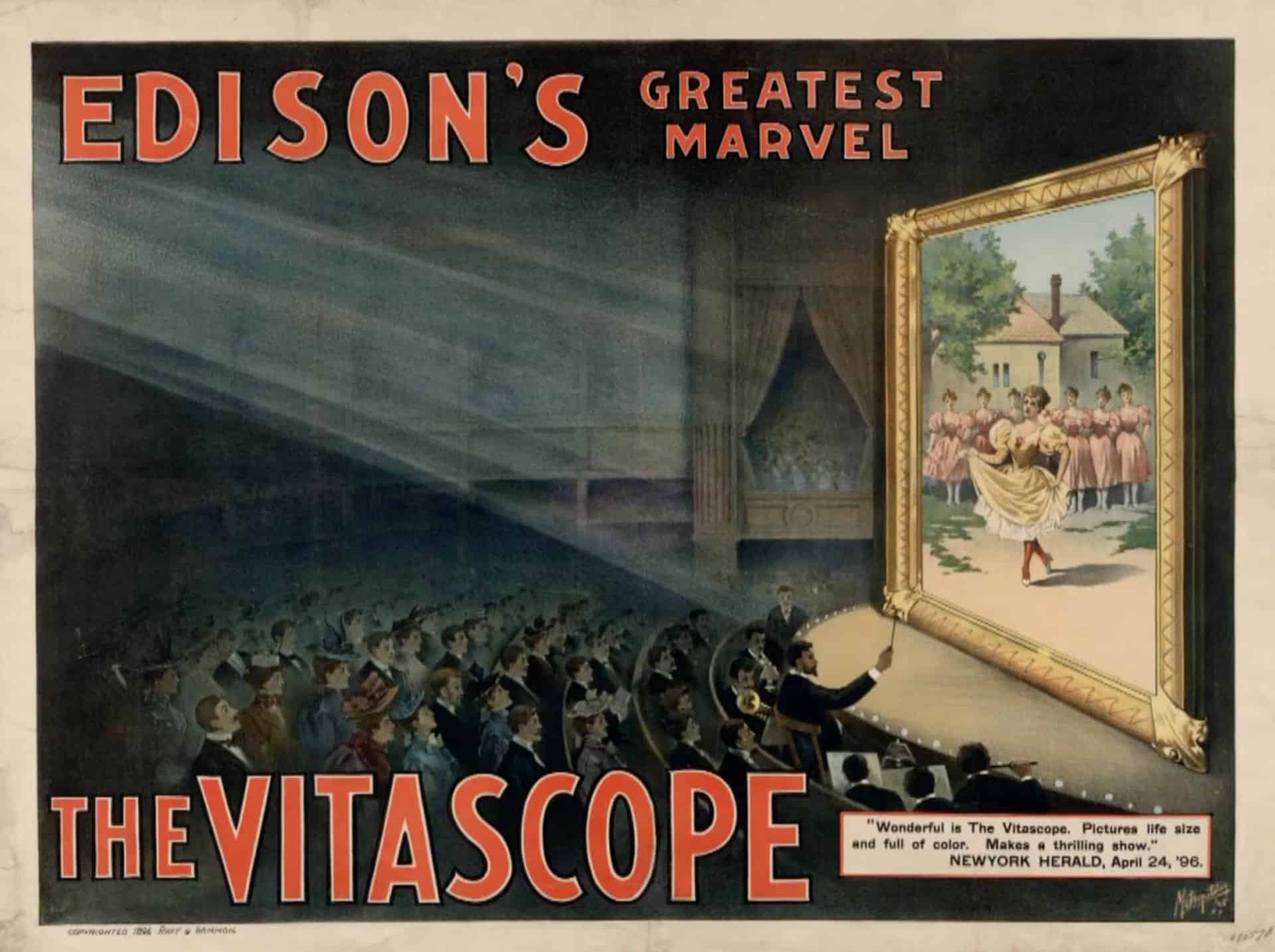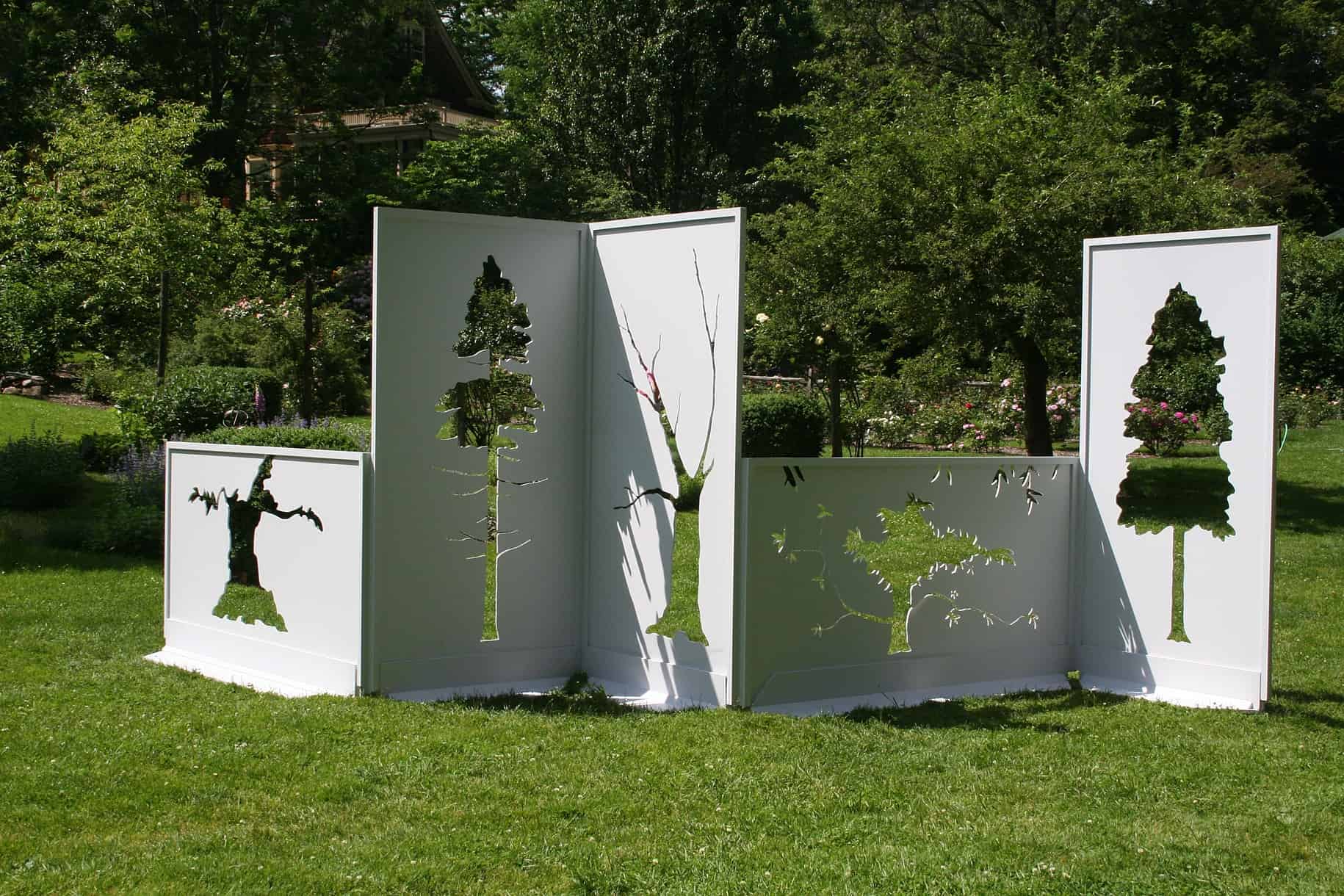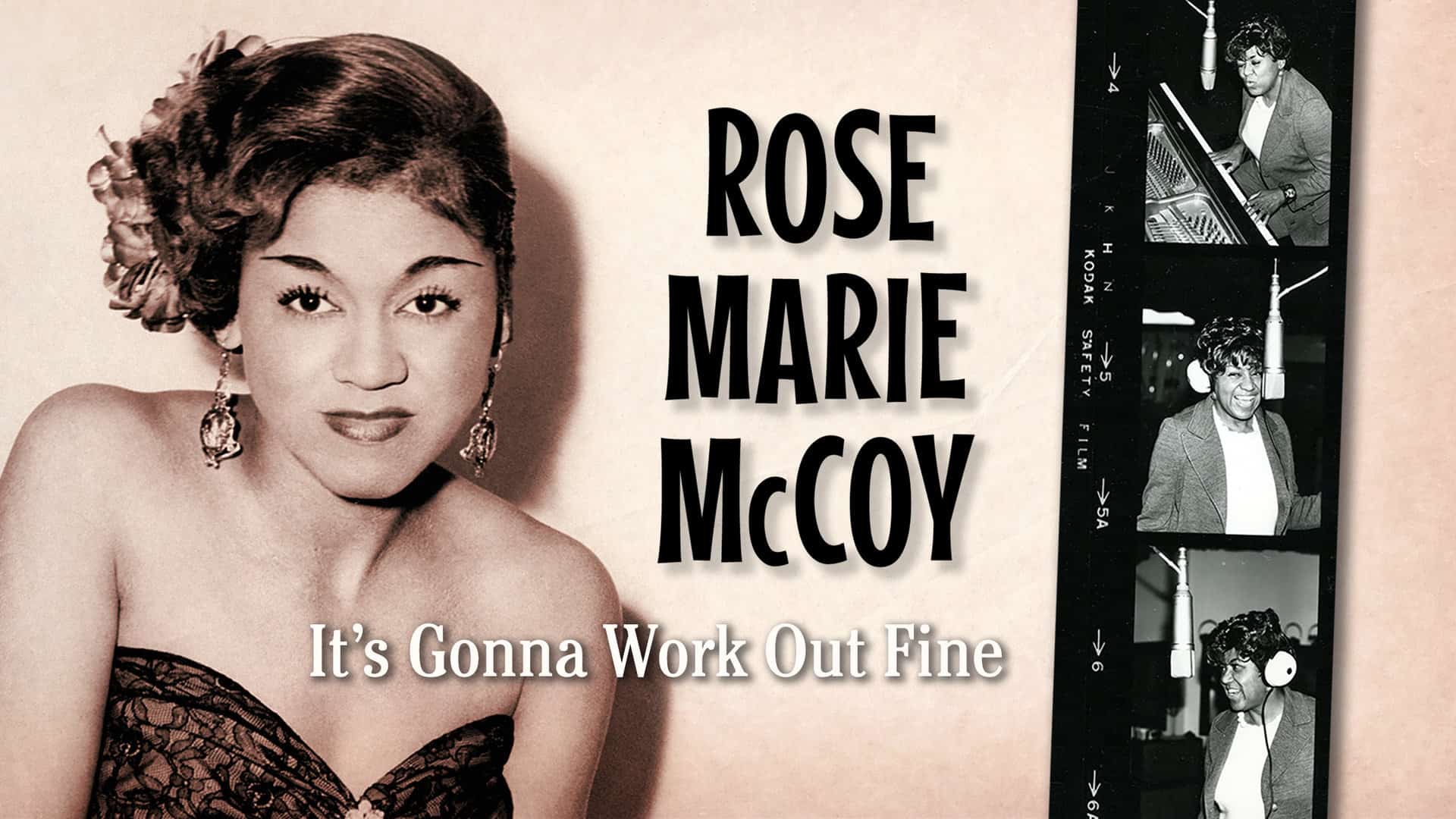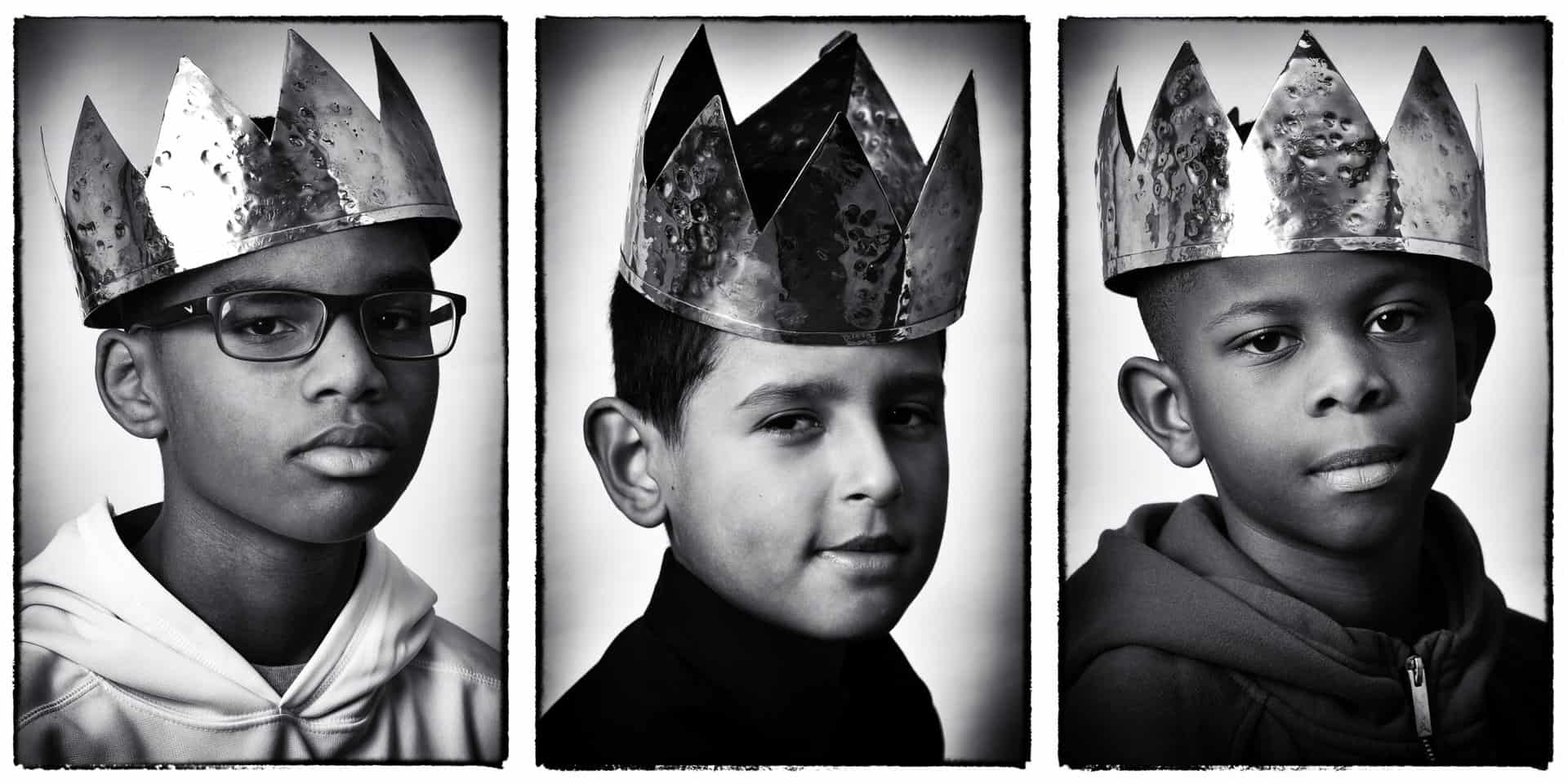This Halloween weekend, take a tour of some of New Jersey’s most beautiful and historic cemeteries with Richard Veit and Mark Nonestied, authors of New Jersey Cemeteries and Tombstones: History in the Landscape. State of the Arts traveled around the state with Richard and Mark in 2007 for a story called “Eternal Souls”.
Our first stop was the colonial-era Presbyterian Churchyard in Elizabeth, where the grave markers date as far back as the 1680s. “Elizabeth is important because it was a cultural center in early New Jersey,” Richard explains. “You had a number of artists here—craftsmen—who produced the gravestones.”
With a nod to the sheer artistry of these carved grave markers, Richard points out iconic Puritan designs such as the skull and crossbones, hourglasses, birds, and more. “This was a world in the 18th century without a lot of public art… Cemeteries were a place people could go and they could see art—and the art had a meaning and told a story.” Richard notes that much of the earlier symbolism relates to life’s brevity, while later gravestones featured religious symbols emphasizing salvation rather than mortality. Jennifer Correia, architectural conservator, also walks us through the steps being taken to repair these relics.
Next, journey into the Victorian era with Mark Nonestied. He brings us to the Mt. Pleasant Cemetery in Newark, where you can find a landscaped, park-like environment with monumental grave markers, including the elaborate statue above.
“Eternal Souls” also includes footage from the Trenton State Prison Graveyard and Camden’s Harley Cemetery. The latter is where the renowned poet and New Jersey resident Walt Whitman is buried.
Have a safe and happy Halloween weekend!

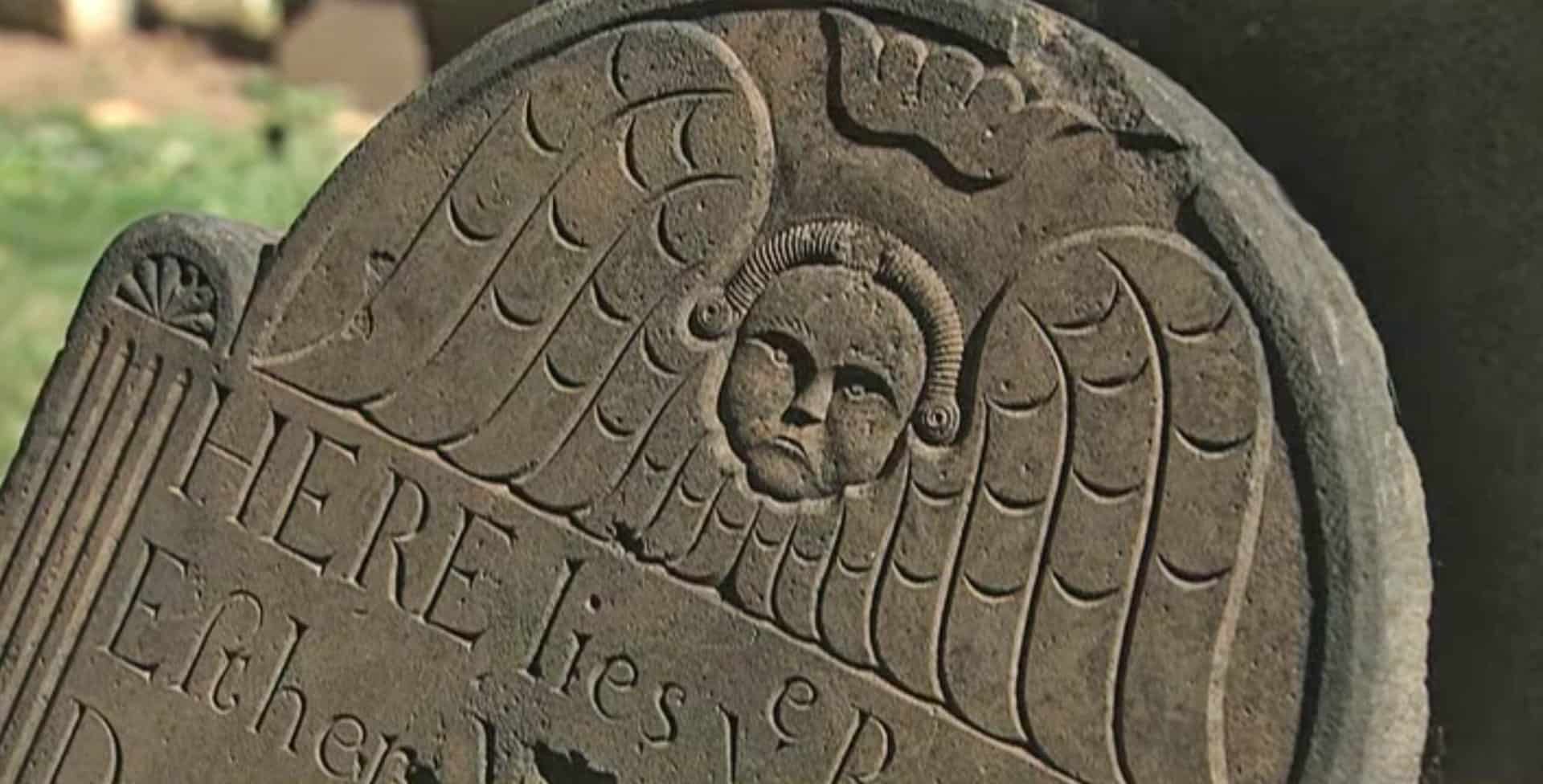


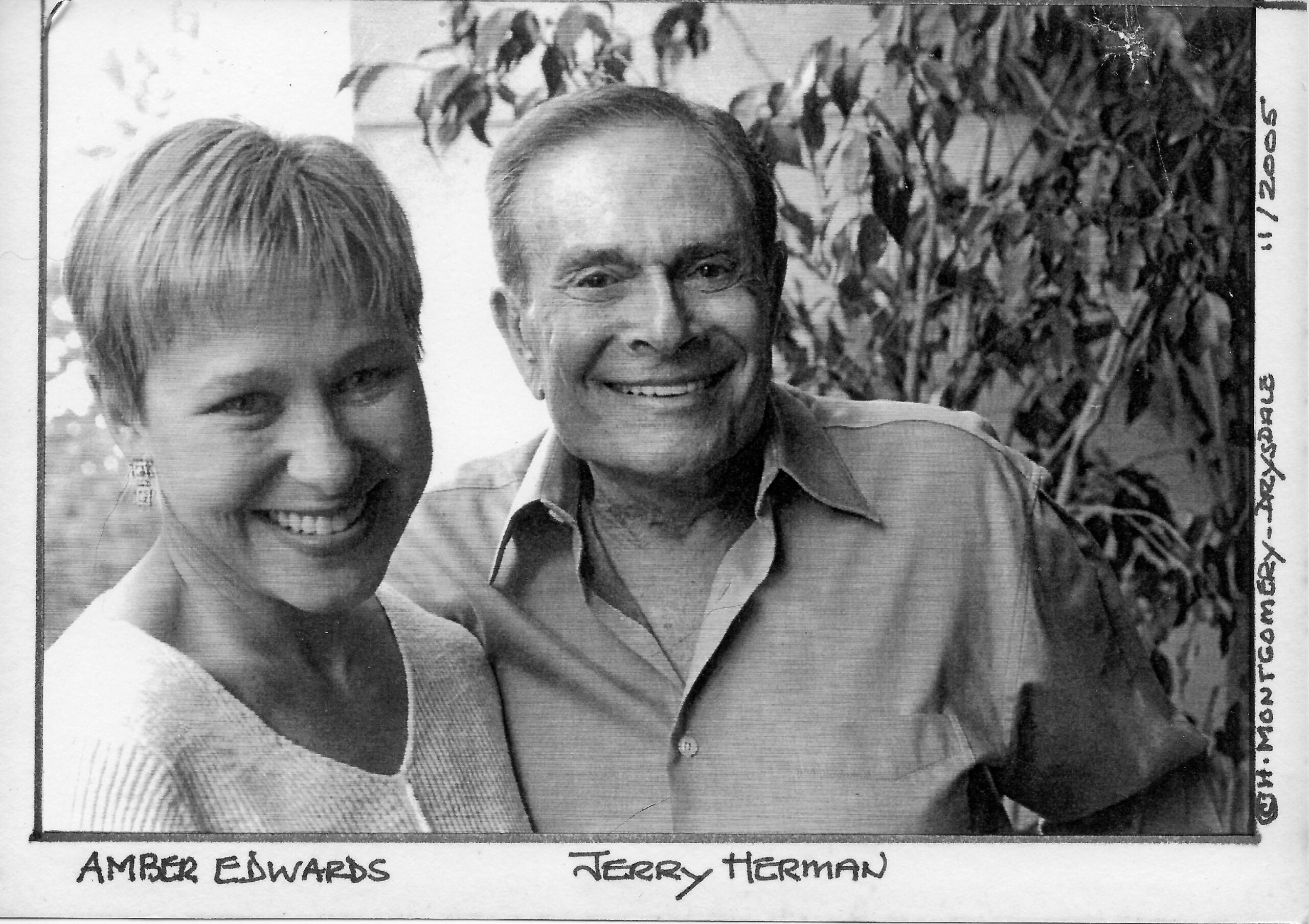
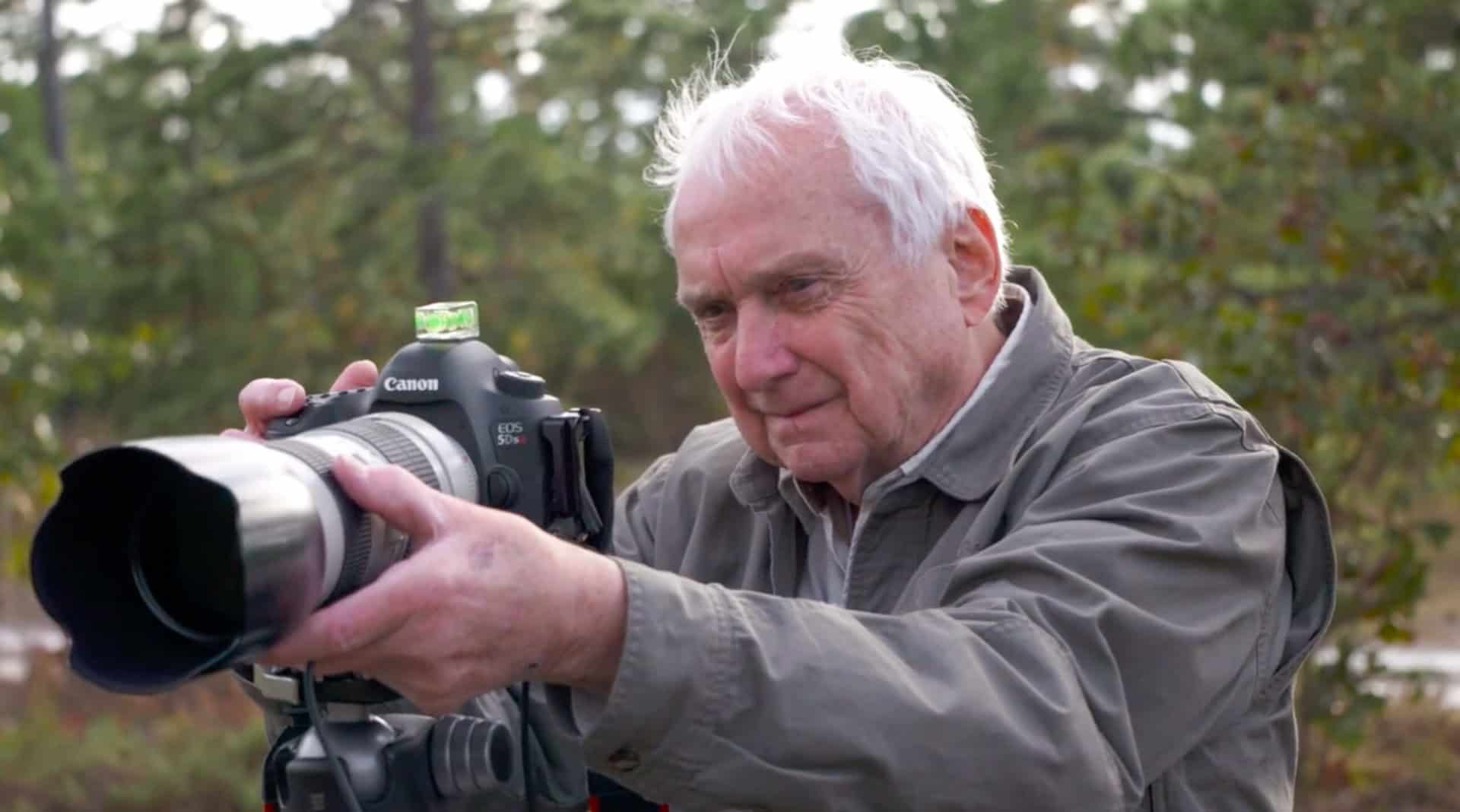
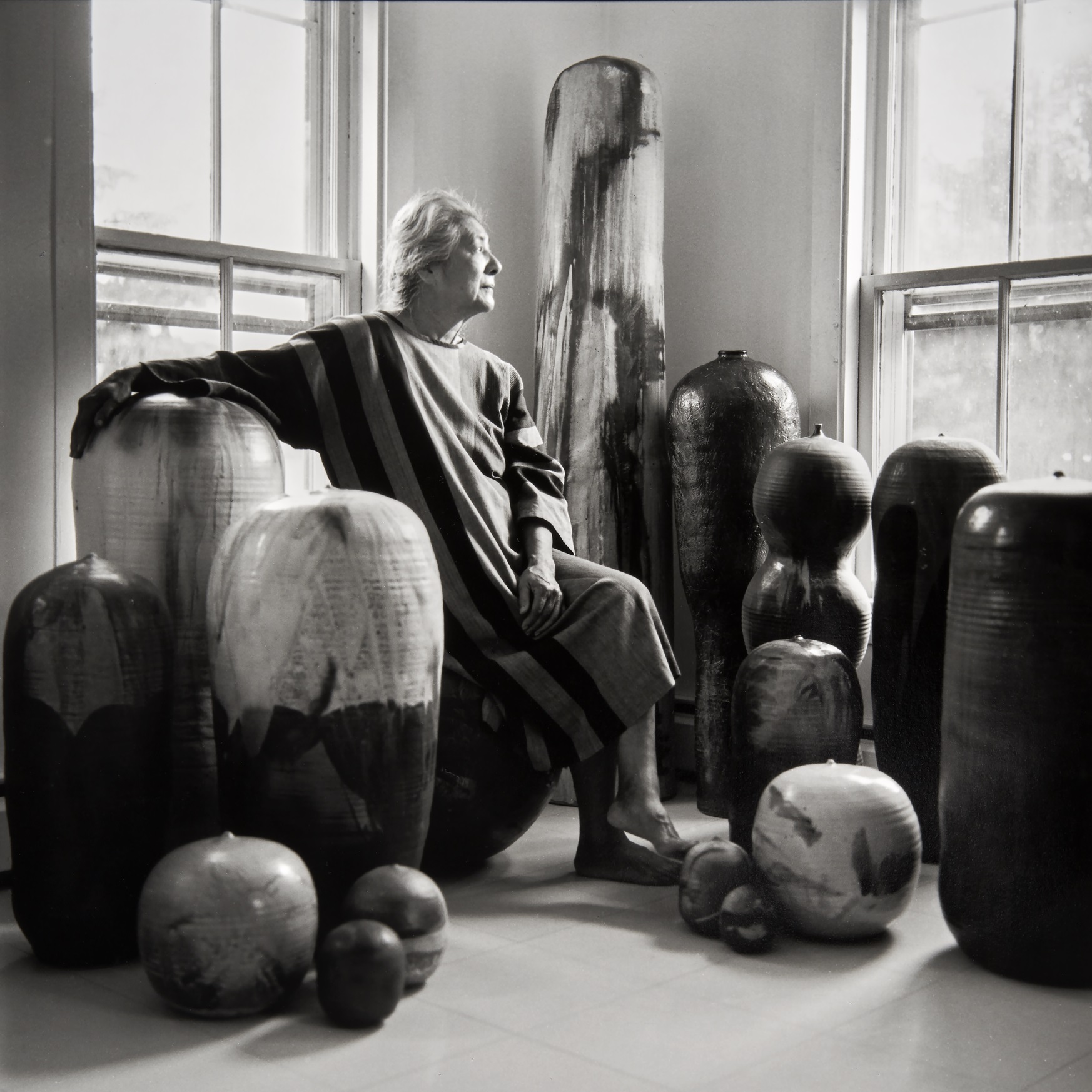

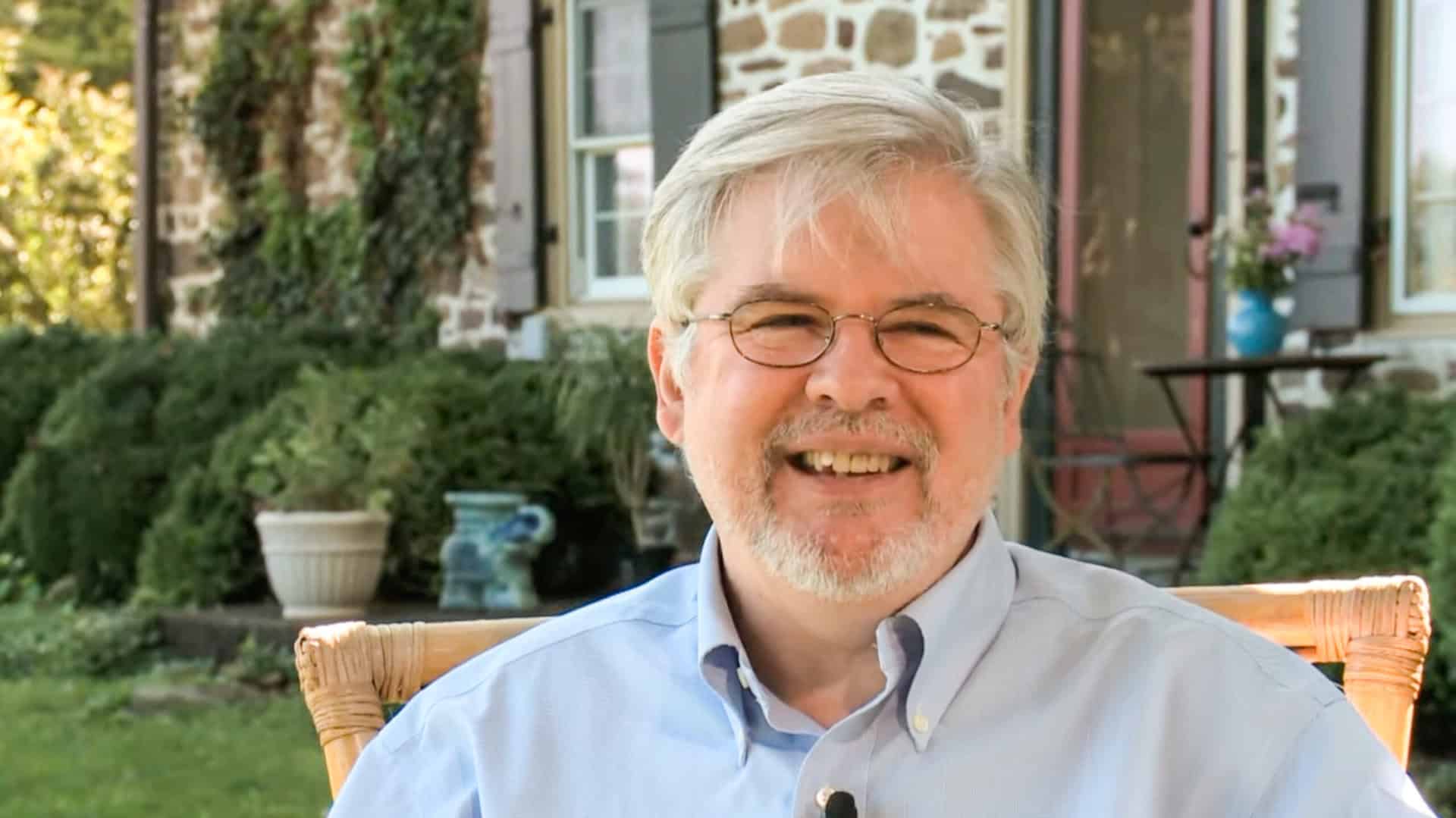
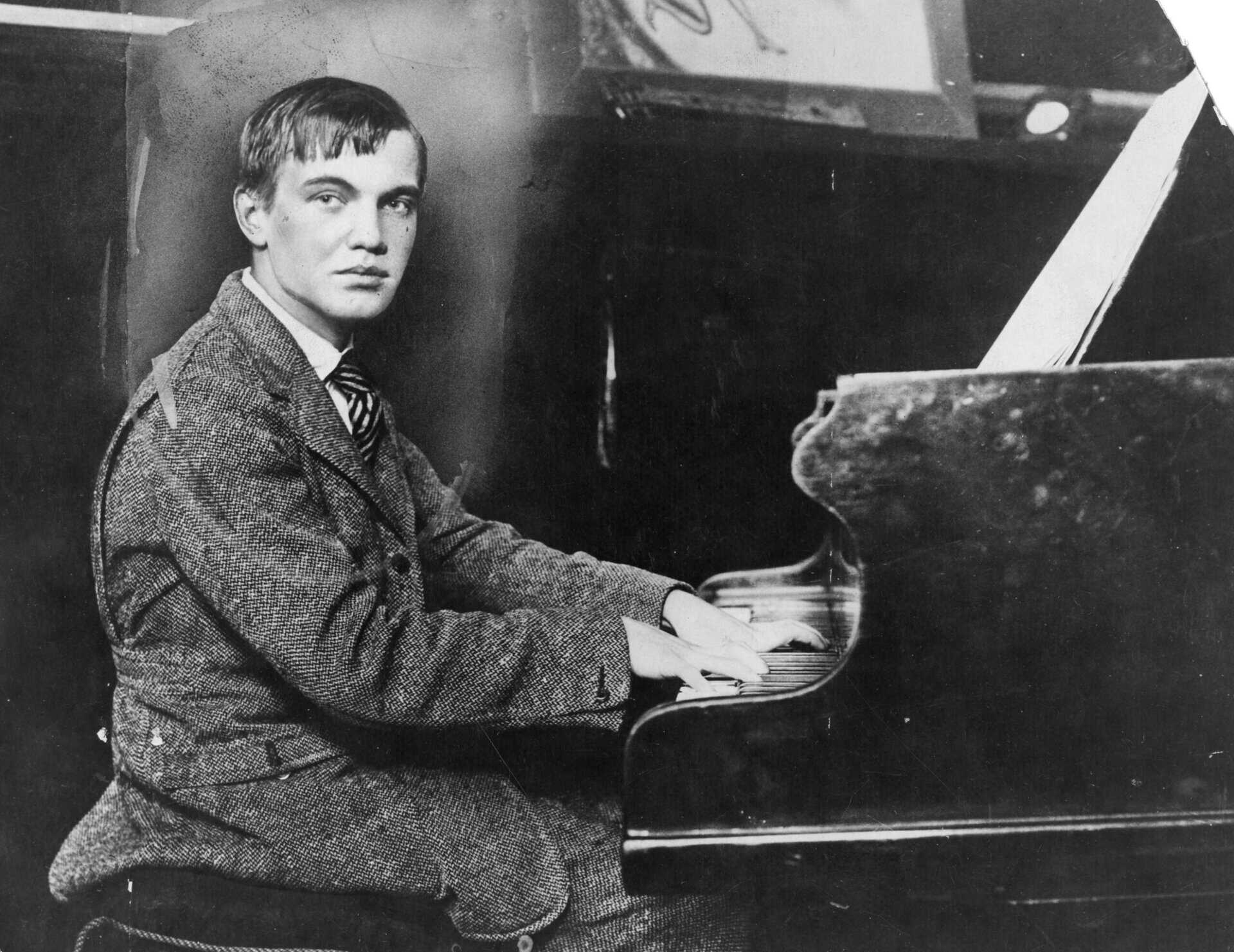
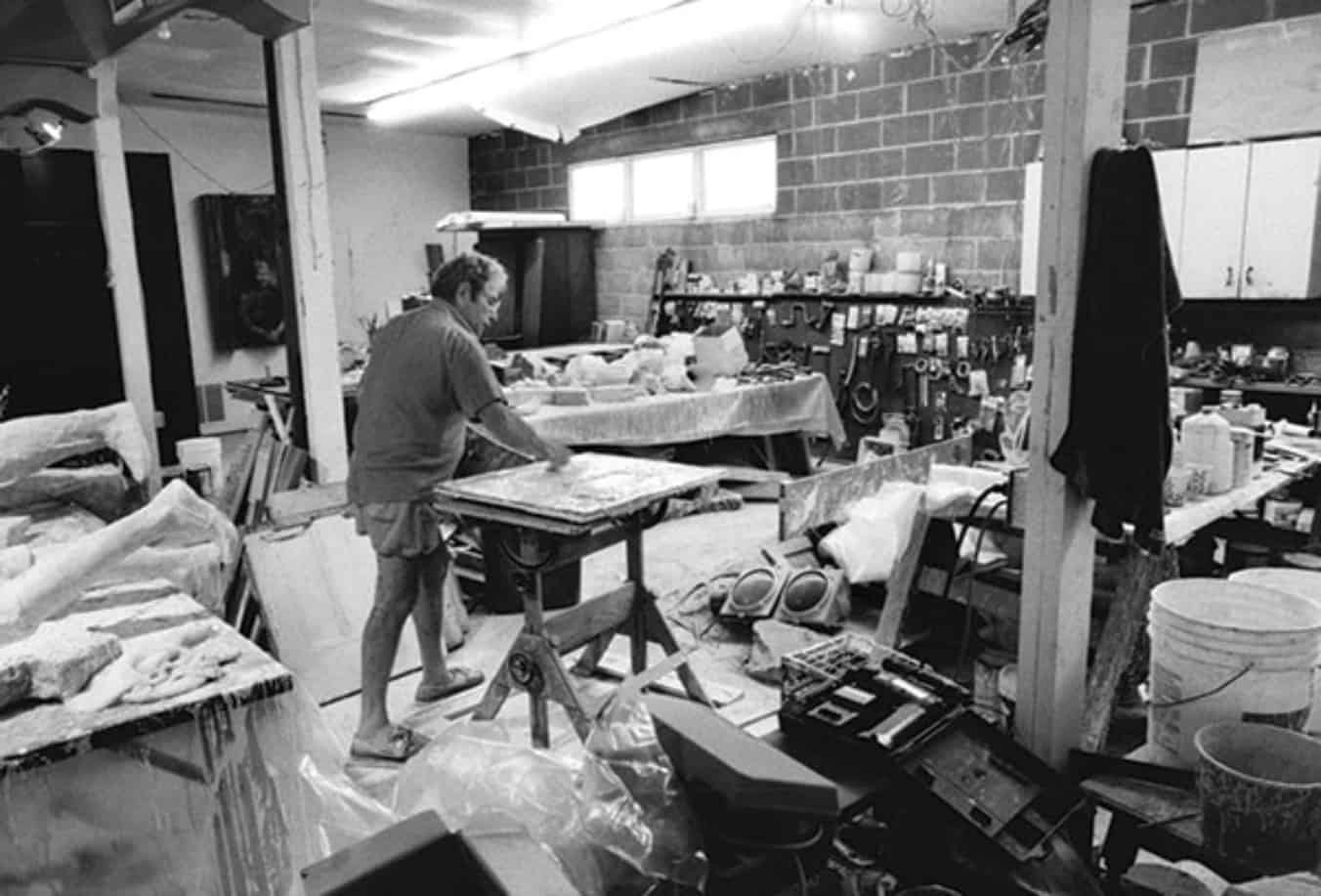
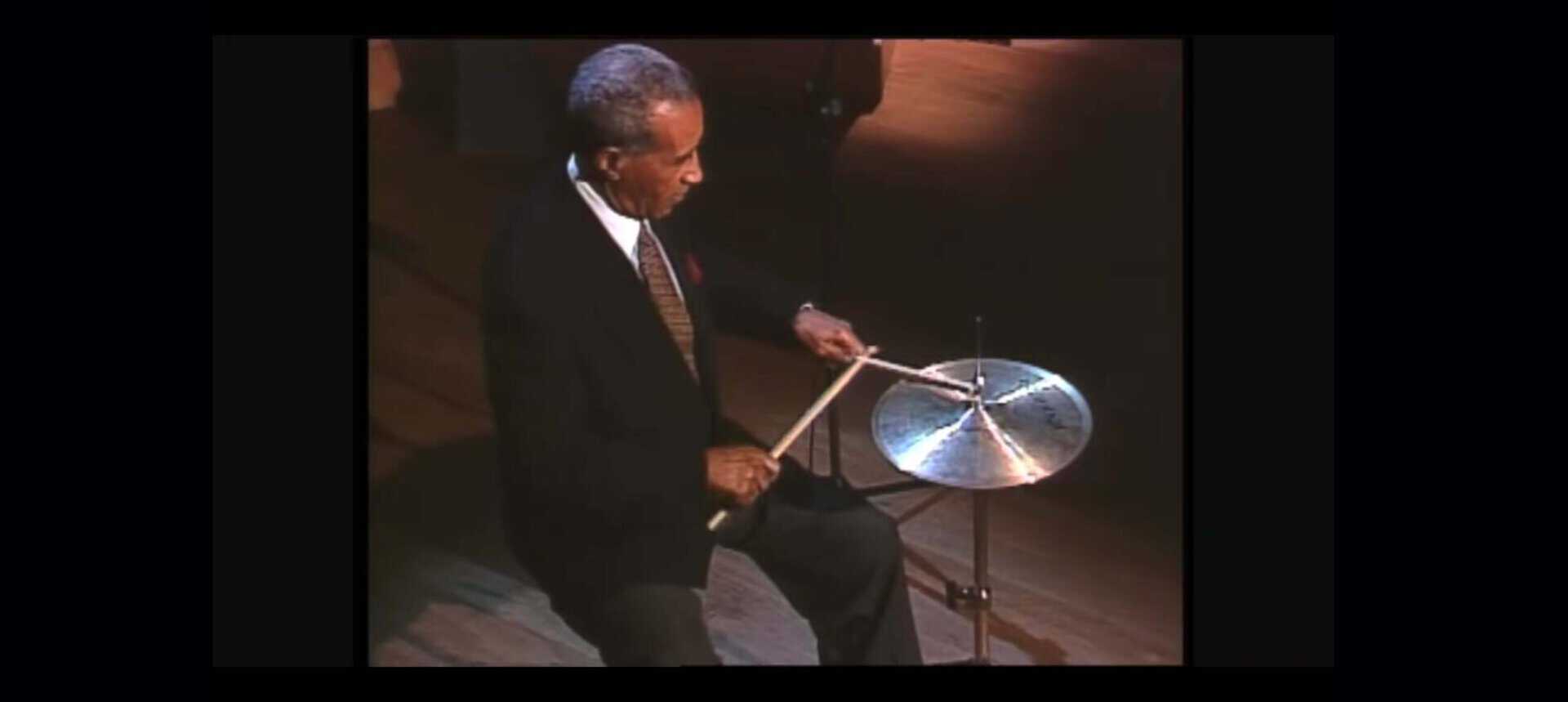
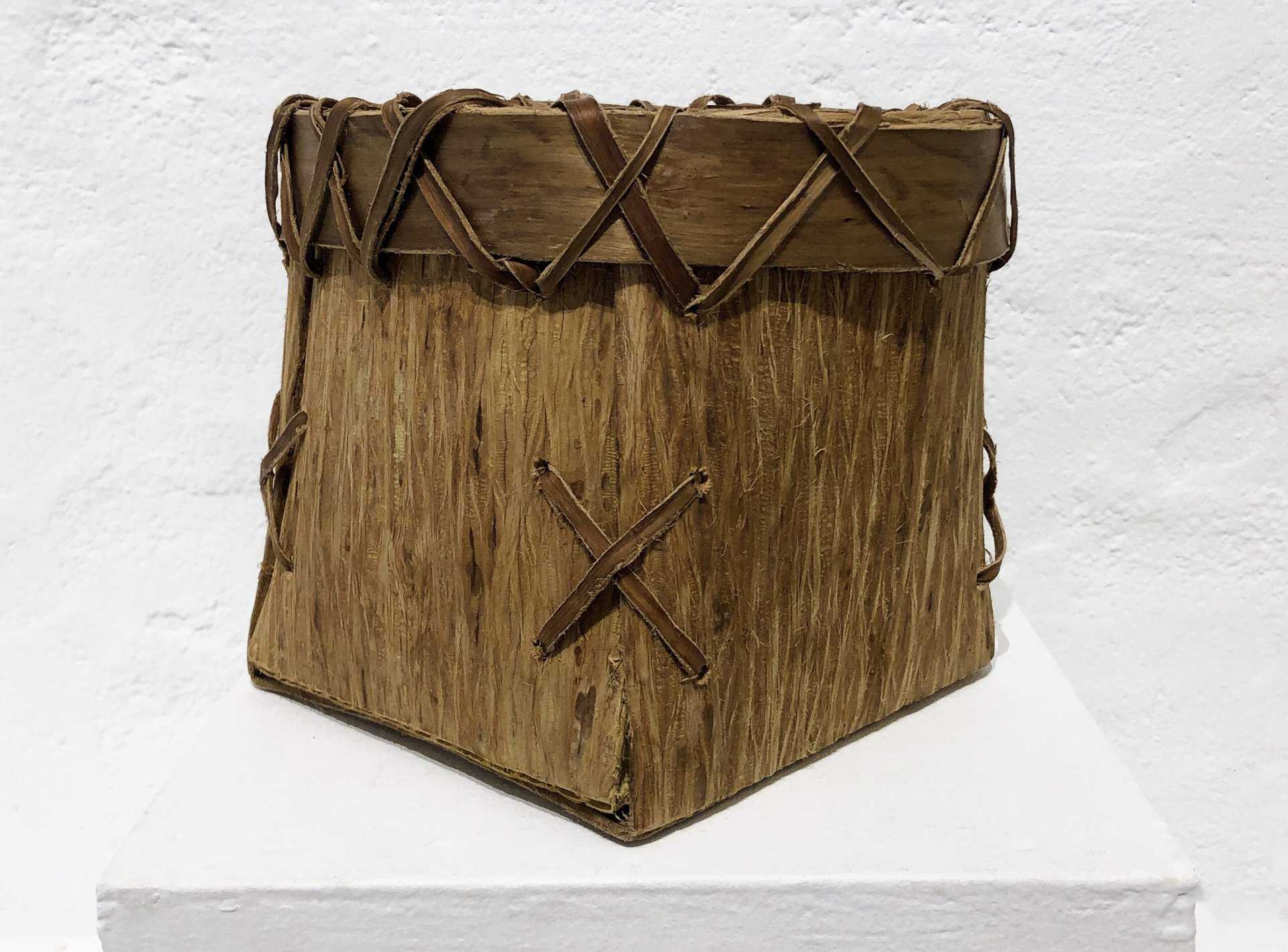
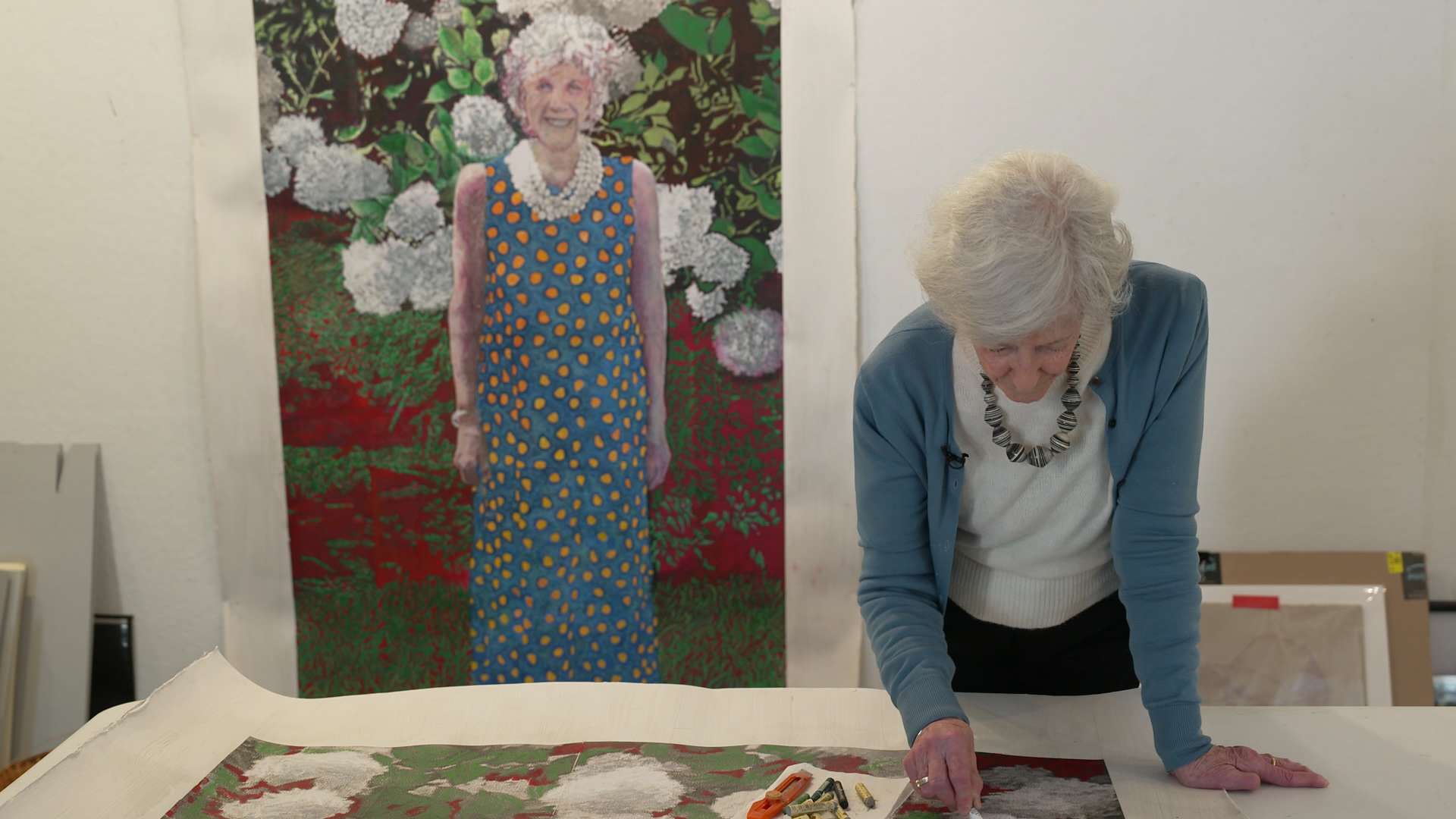
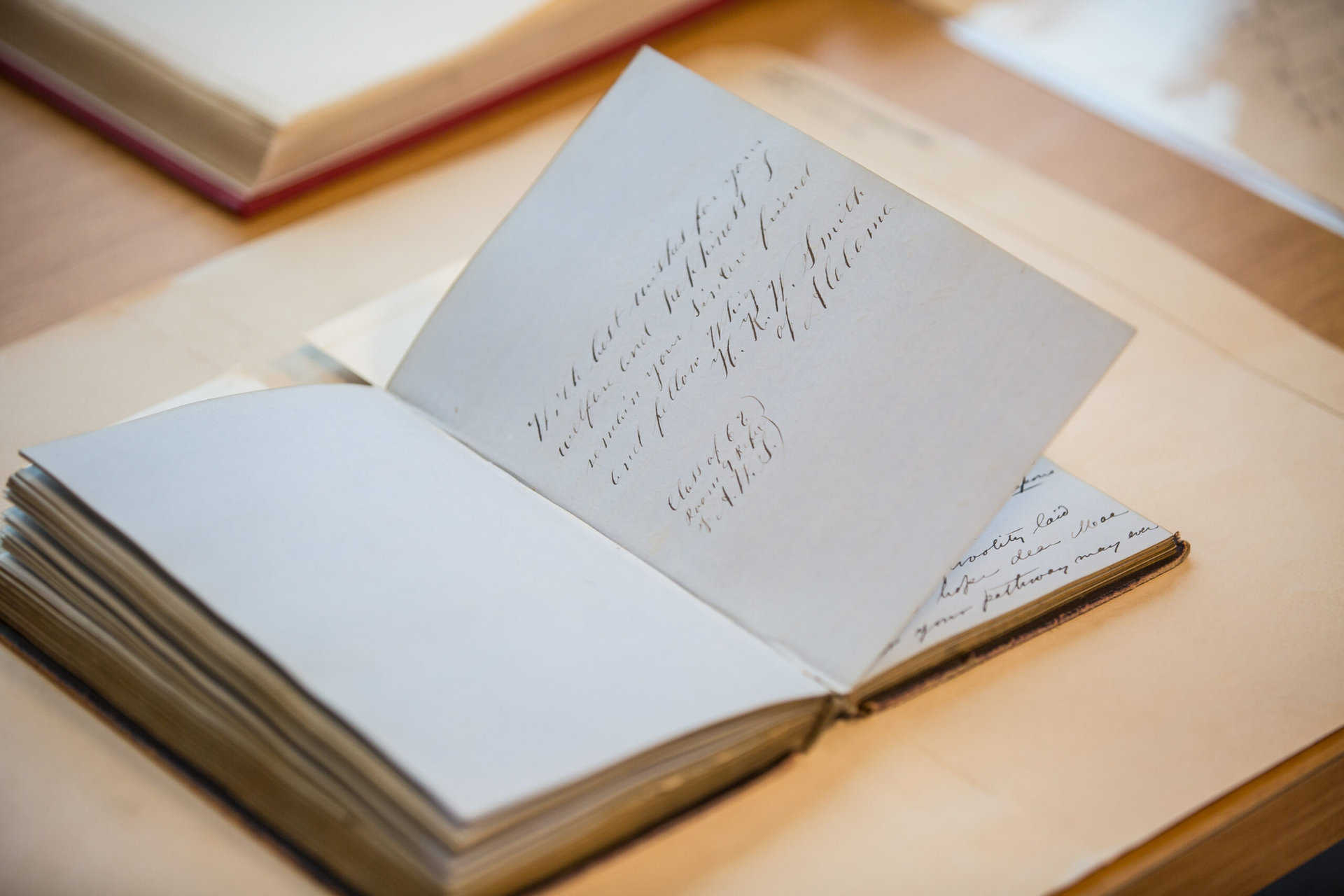
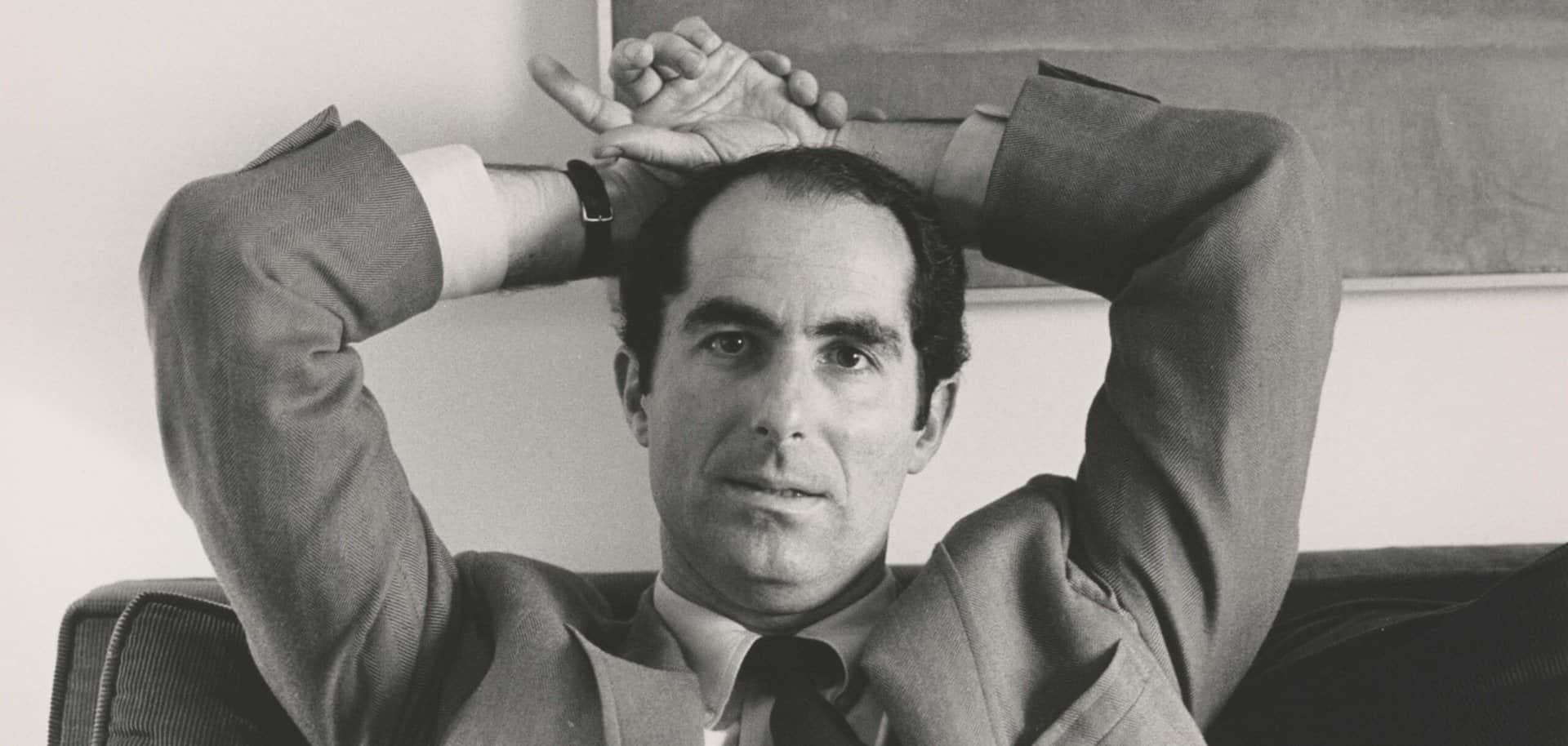
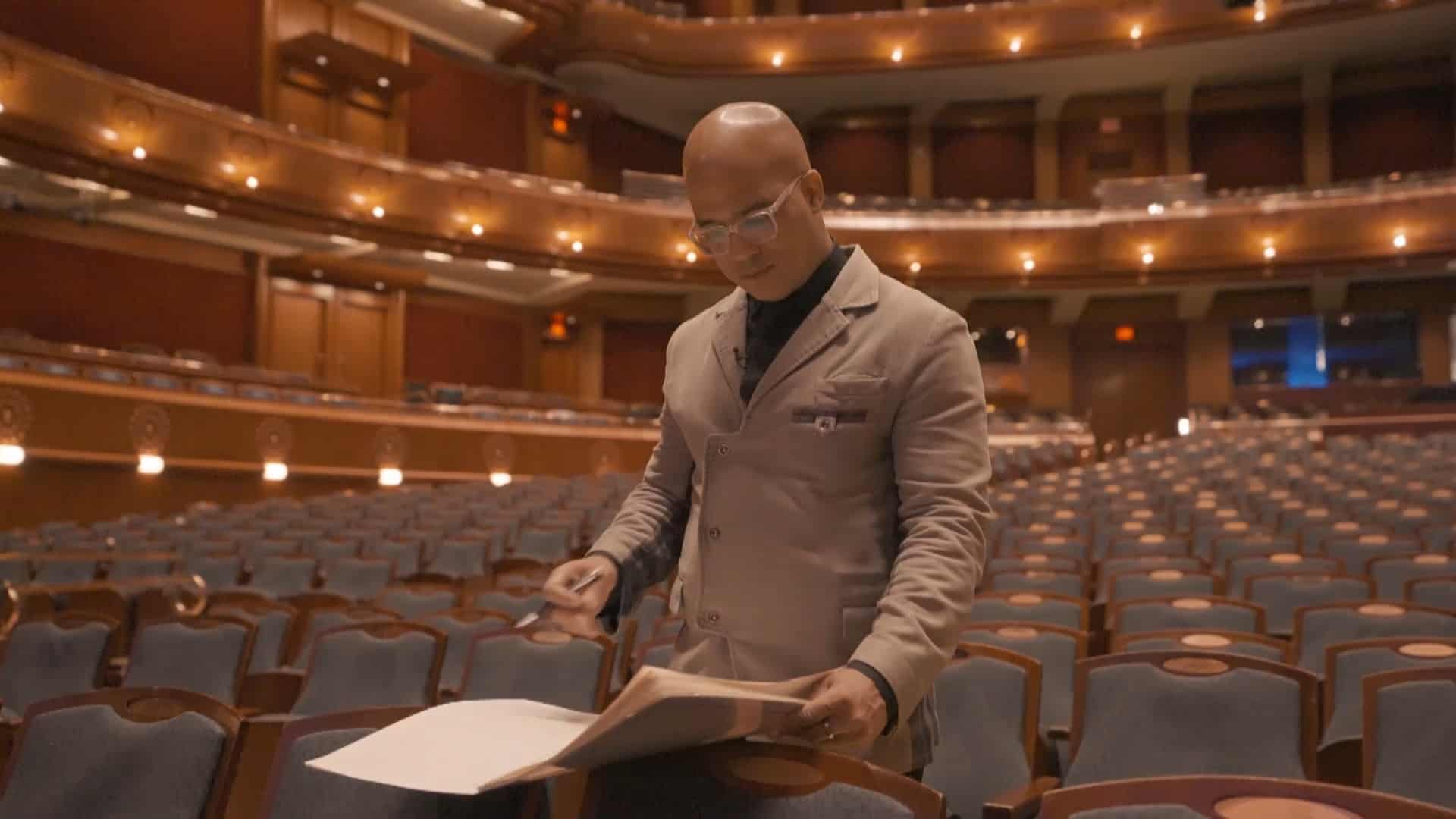
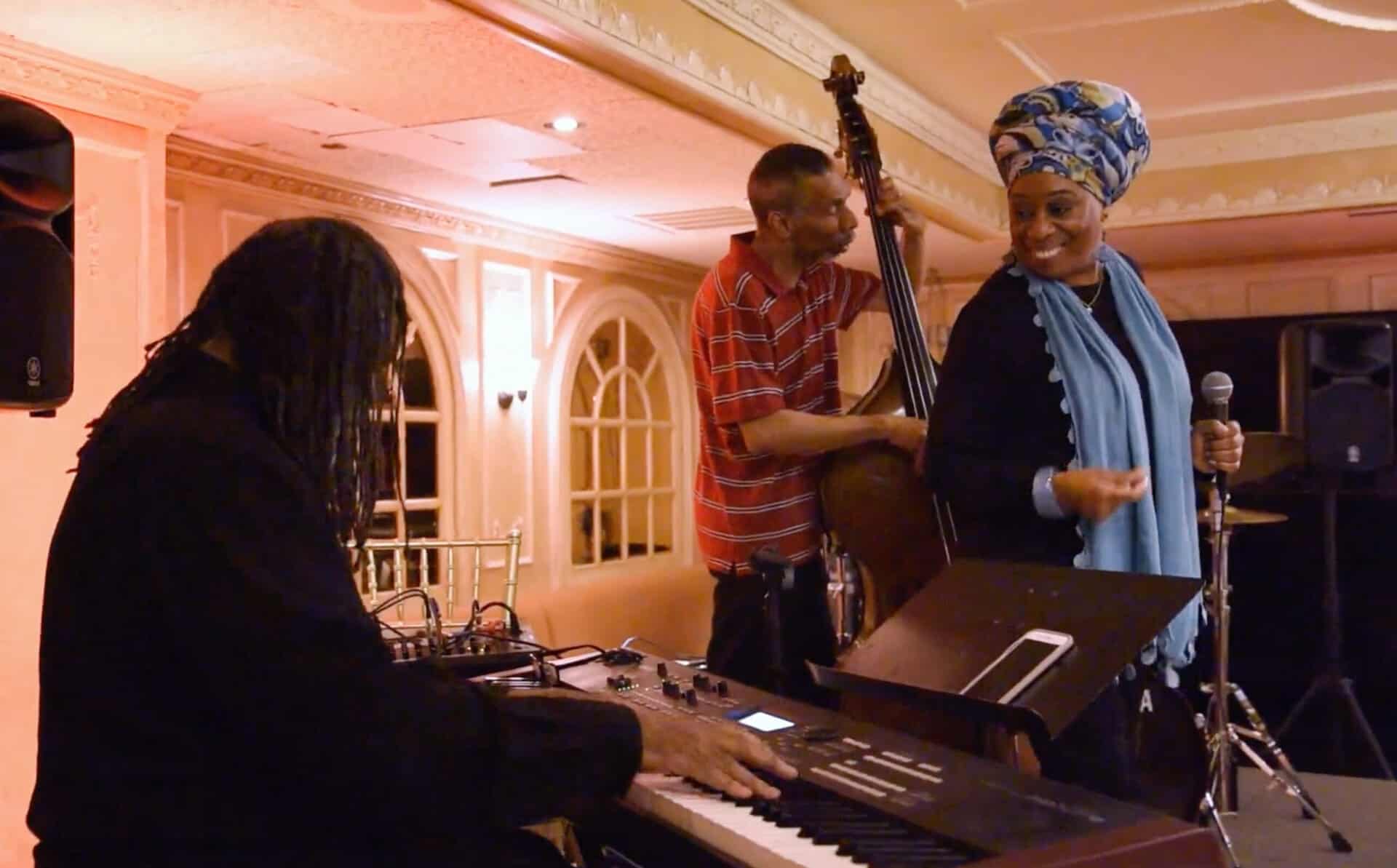

![Truckdriver after a Run, Ohio, Sol Libsohn, 1945 [ICP]](https://stateoftheartsnj.com/wp-content/uploads/2023/05/libsohn_sol_156_1983_411582_displaysize.jpg)
